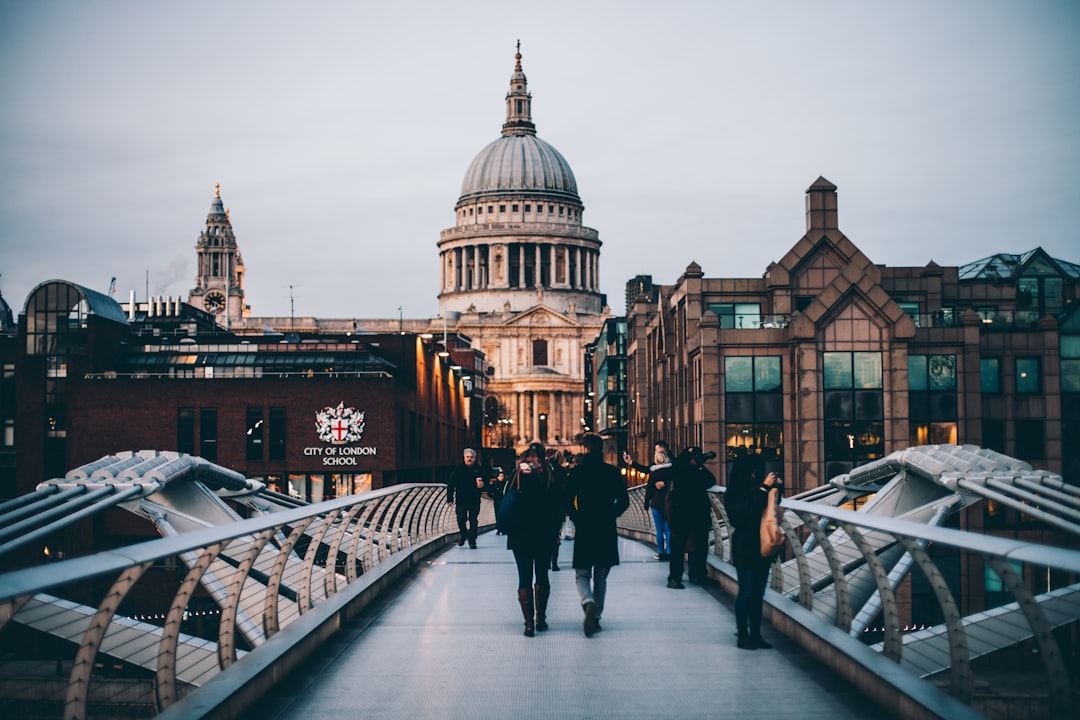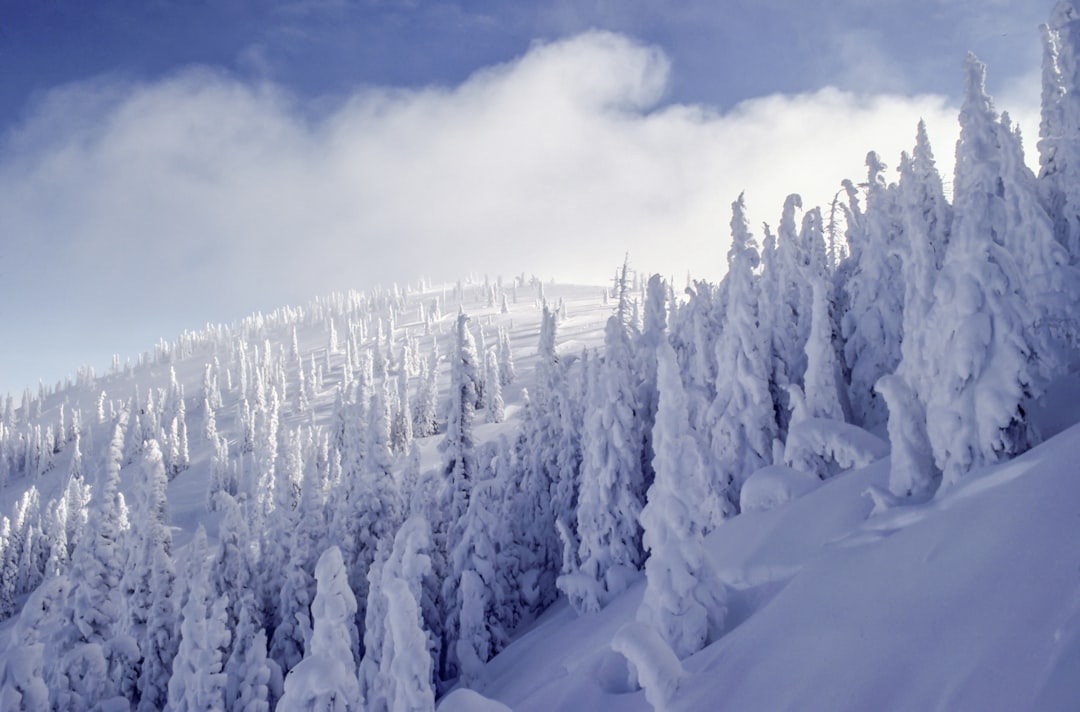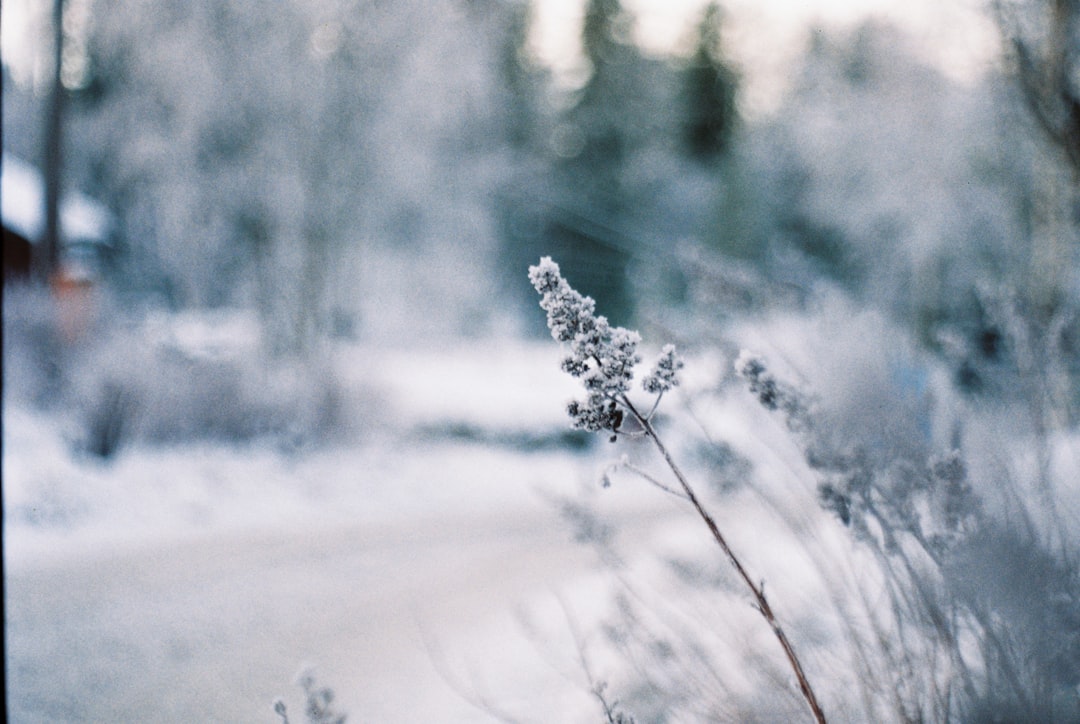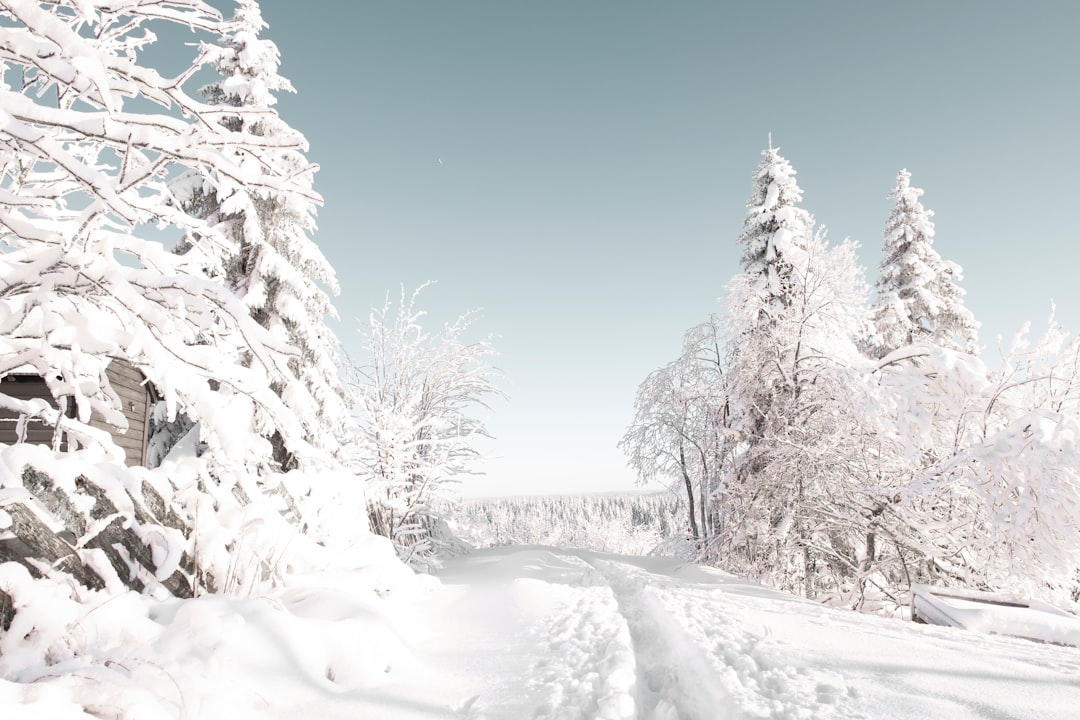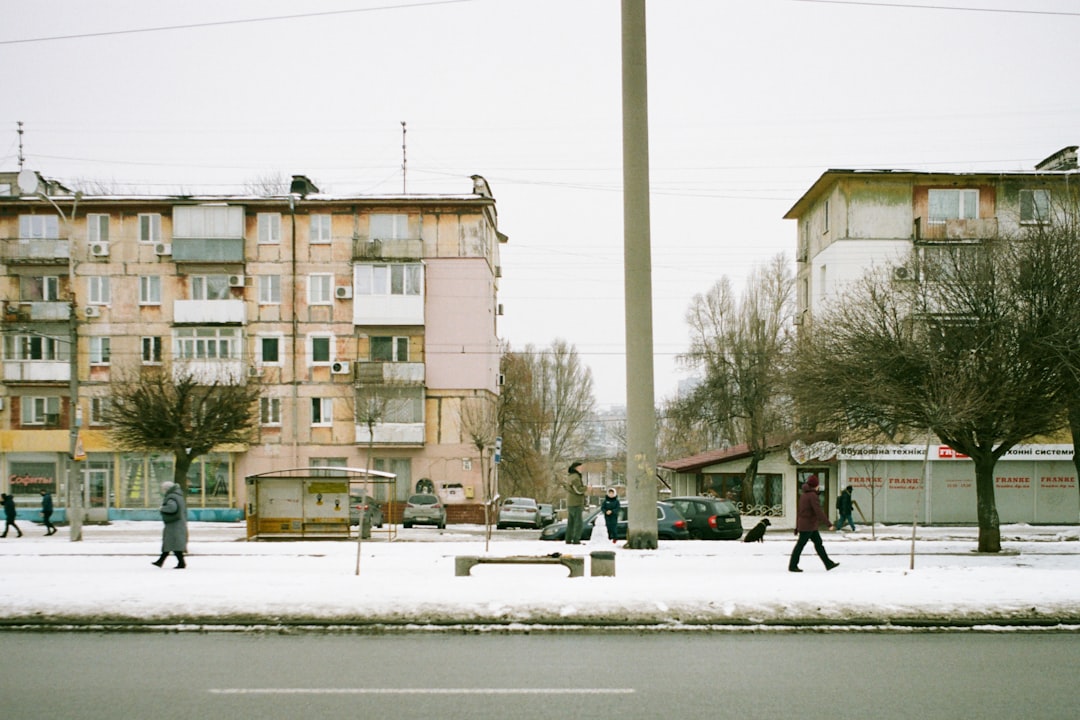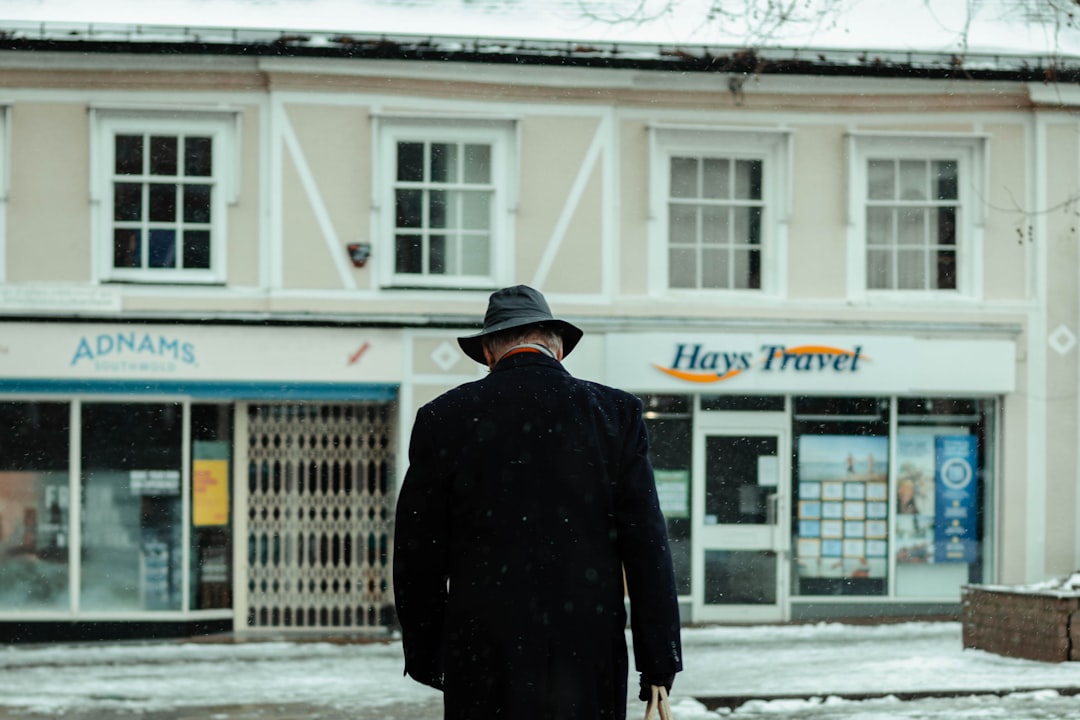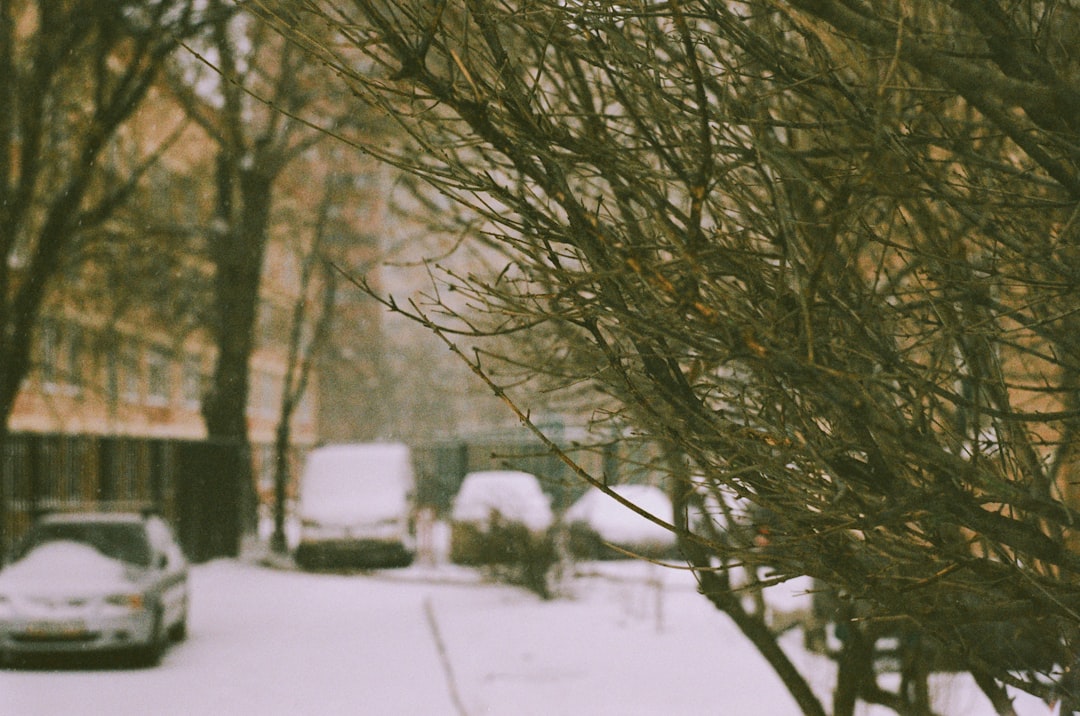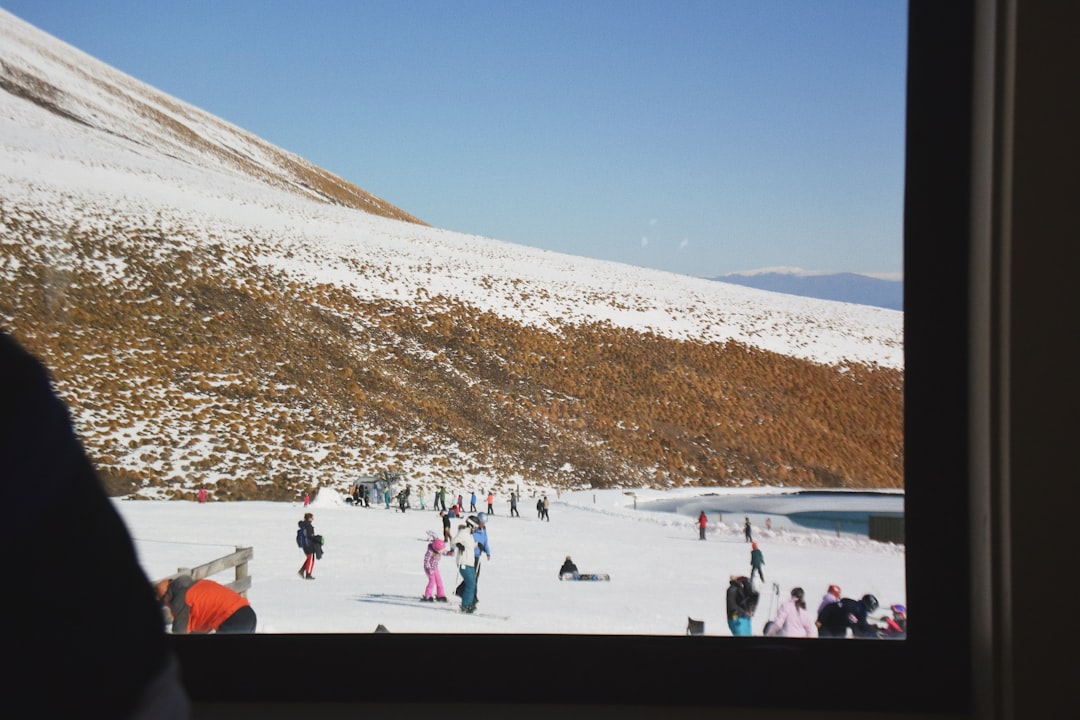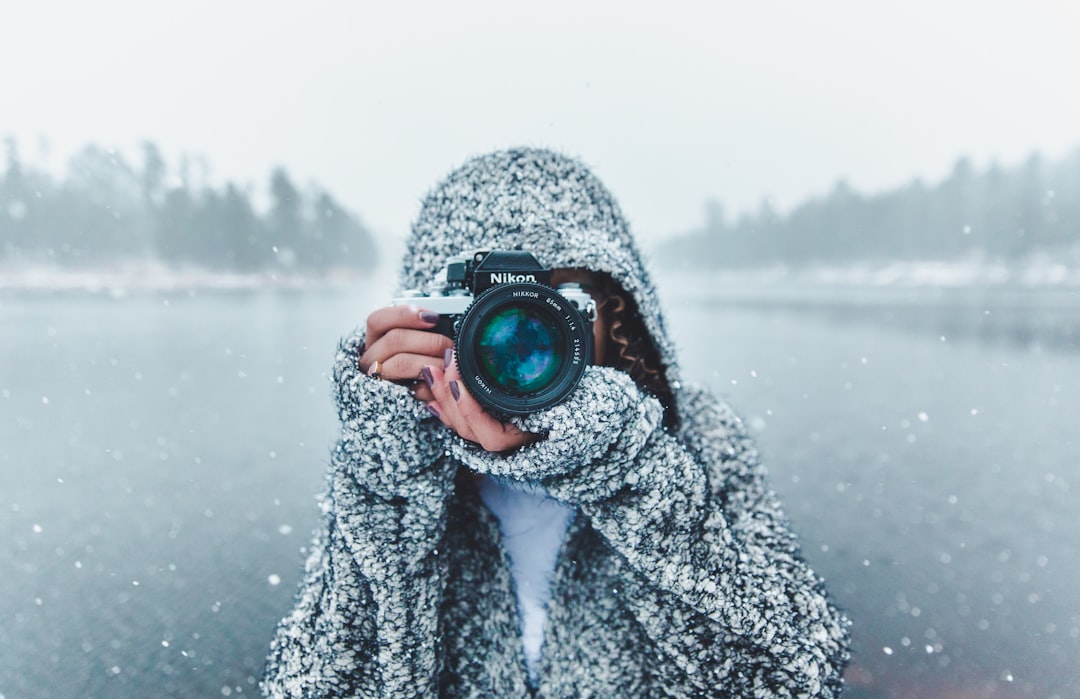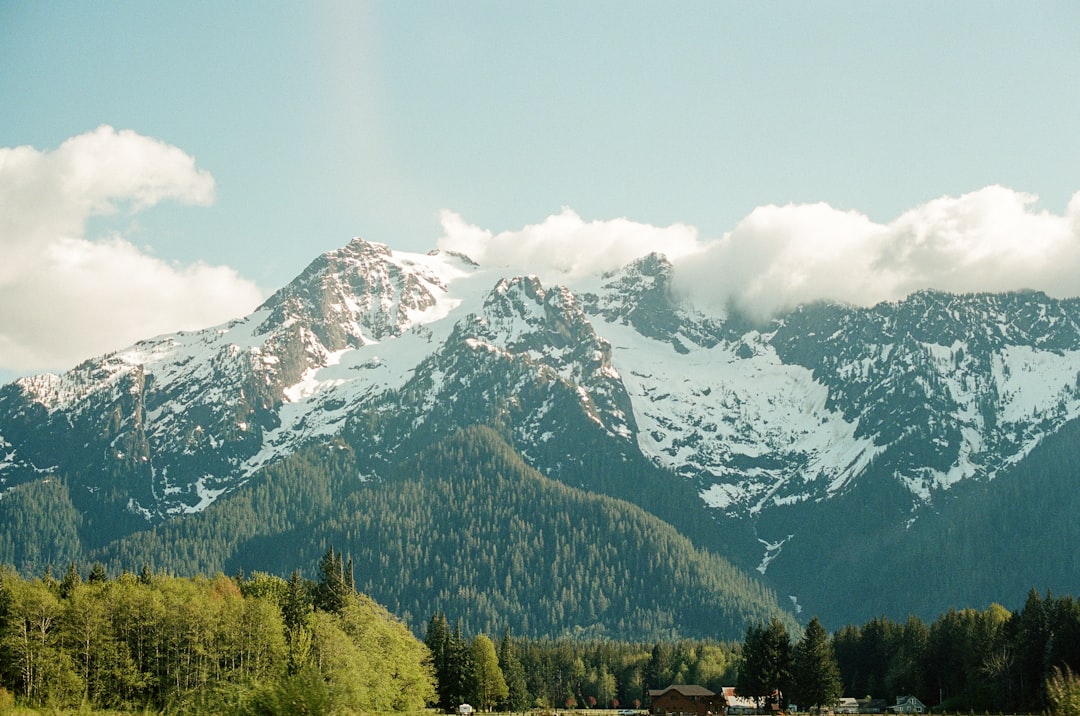Wintertime snow photography is easy to capture if you have some patience and practice. The key is to find interesting subjects, which is often easy if you are in an area with lots of natural features. You can use the landscape as a backdrop, or use snow covered trees or buildings for a more dramatic picture.
Table of Contents
Ideas for snowy scenery
Here are some ideas for snowy scenery:
1. A snowy cityscape
2. Snow-covered forests
3. Snowy mountains or hills
4. Winter wonderland scenes, e.g., frozen lakes, white fluffy fields
5. Snow-covered trees, e.g., a snowy Christmas tree, ice sculptures, etc
6. Snowy beaches, cliffs, or rocky outcrops
7. Snow-covered houses
8. Snow-covered buildings, e.g., a lighthouse, a chapel, or a church
9. Snow-covered bridges, roads, and railways
10. Snow-covered cars and motorbikes
For the best snow photography, it’s important to get to know the area in advance. Find out when the snowfall is likely to start and end. It’s also useful to know the conditions of the ground: whether there are any hills or gullies to avoid. For example, in mountainous areas, take the time to explore before you make your first attempt at taking pictures. If possible, plan your trip before winter starts so you can arrive when the weather is mildest. This will make it easier for you to photograph.
More Snow Photography Examples and Ideas












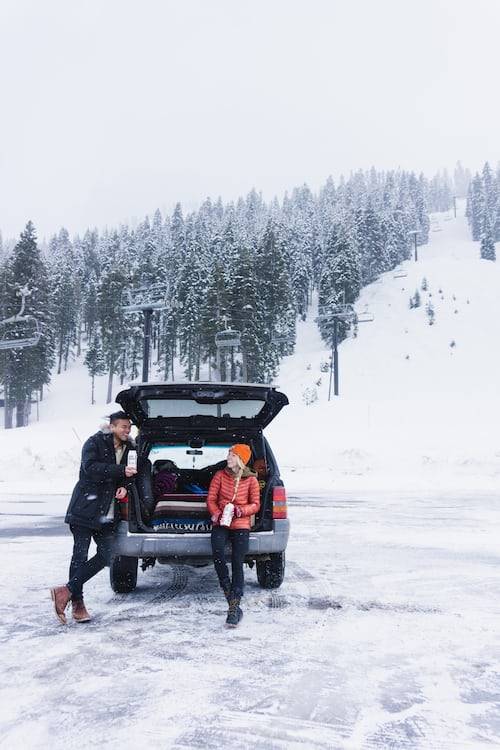




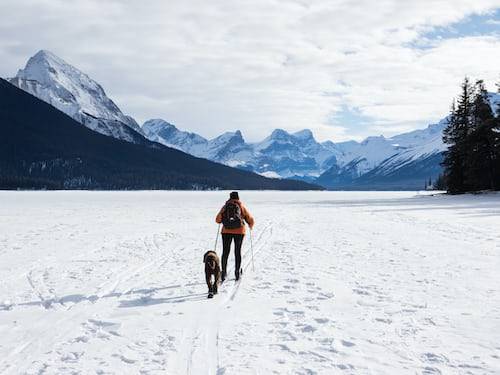



























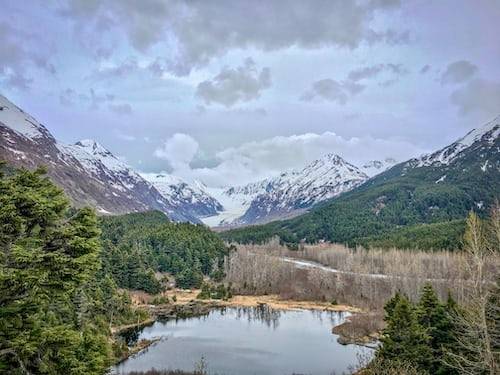











Snow Photography Tips
It is important to have a clear mind when taking pictures. The most effective time for photographing snow is in early morning, just after sunrise. When taking pictures, hold the camera steady with both hands, making sure that the tripod does not move. Look carefully at the scene through the viewfinder to check that the composition is good. The camera should be adjusted so that the depth of field is as wide as possible.
Use a tripod so that you can take pictures without moving the camera. If the light is changing quickly, you may need to use a cable release. It’s also worth using a remote shutter release to avoid having to get up and press the shutter button yourself. If the scene is very bright, use the automatic settings, which will ensure that your pictures will be as sharp and clear as possible.
If the snow is still falling, make sure that you cover any people in the frame, so that they are not included in the picture. To prevent glare, put your camera on a low setting or turn off the flash. For example, the aperture setting may be set at F11 or F16, and the shutter speed may be 1/30 or 1/15.
To create a snowy scene in your picture, start by photographing a blank white wall. Use the same camera settings as for the landscape, but do not zoom in on the picture. Then, before moving on to photographing the landscape, take some pictures of the background with the camera on automatic settings, to serve as a reference for the final picture. When the snow falls on the landscape, take your pictures of the landscape at different focal lengths.
Zoom in as close as possible so that the snow in the foreground is in focus. If possible, try using different focal lengths to include the sky or the ground below the snow line. If the snow is falling gently, it is possible to photograph it for about 10 minutes without having to change your settings. To prevent fogging, make sure you keep the camera well away from your face.
If you are photographing snow-covered roads or buildings, you will need to get up close. It’s best to use telephoto lenses, so that you can zoom in on the subject. It is best to start with a wide-angle lens and then move on to a medium focal length (e.g., an 85mm) and then to a telephoto lens (e.g., a 300mm). It’s also worth making sure that the camera is not too heavy. The composition of the pictures is important for snow photography. Try to avoid including too much sky.
Try to keep some of the background in focus, so that it is not lost in the foreground. In snowy landscapes, it is best to have a horizontal composition. For example, don’t try to include a hill in the picture. In snowy scenes, it’s possible to include a tree, a person, or a vehicle. Try to include a clear foreground, so that the picture becomes less abstract.
Other tips you can consider
1. Before you start take a look at our page on winter photography and think about the type of shots you want to take.
2. If you have a tripod use it – otherwise keep your camera as steady as you can.
3. Don’t be afraid to experiment with different focal lengths.
4. Be patient – take a few shots before you change anything.
5. Set your camera’s white balance using the menu. This will help stop your pictures from being too warm or too blue/green/yellow. If you have a polarizing filter try that too. It will stop reflections from reflecting off the snow.
6. Keep your camera close to your face – don’t worry if the lens is slightly dirty – use a lens cleaner to clean it.
7. Keep the exposure time as short as possible – this will stop your shutter speed getting too high and blurring the picture.
8. Try to take shots with no reflections in them.
9. Take shots with and without your flash – you may find you like one better.
10. If you want to take a shot at night, try not to be tempted to use flash – it will make your picture look like it has had the sun shining on it for hours. You can still use flash if you are shooting in a well lit area – but make sure you switch it off if you move from a well lit to an unlit area.
11. Take your camera off auto and set it to manual mode – this will help you be more in control of how your pictures turn out.
12. Make sure your memory cards are fully charged – when you have finished taking your pictures it’s a good idea to leave them in their bags for a few minutes before you put them away. This will allow any remaining energy in them to slowly drain off.
13. Once you have edited your pictures (or they are stored on your memory card) put them away safely in a dry place. You don’t want them getting wet or damaged if the weather turns wet and cold.
14. If you want to print them out, remember that they may need to be printed using the lowest quality setting. If you want them to be as good as they can be then you may need to print them in black and white.
Conclusion
The best thing about taking photos in winter is the snow. It’s a rare sight to see and it’s beautiful when captured. If you’re a beginner, you may be wondering where to start. Don’t worry, this article has you covered!
There are a number of great online resources for learning how to take great snow photos, and it’s important to look around to get a good idea of what works and what doesn’t.
If you’re interested in getting started with snow photography, this article will help you learn all the basics.


